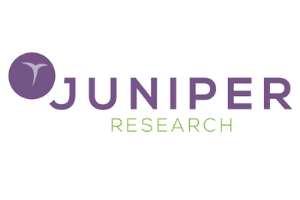Loans issued via AI underwriting to reach $315 bn by 2025

A new study from Juniper Research has found that the value of unsecured loans issued via AI underwriting platforms will reach $315 billion (€270.75 billlion) in 2025, up from just $24 billion (€20.63 billion) in 2020.
This extraordinary growth of over 1200% over the next five years will be driven by lenders seeking to leverage AI to rebuild and streamline their lending operations, following the dramatic impact of the pandemic.
The report identified that lenders, who have been reeling from the effects of bad debt write-offs and repayment holidays, will seek to leverage AI models, in order to more accurately assess and mitigate the risks that consumers and business customers represent. This will enable lenders to build more sustainable lending models, in the wake of unprecedented economic turbulence.
Consumer lending to account for the majority of AI underwritten value
The new research, AI & Automation in Banking: Adoption, Vendor Positioning & Market Forecasts 2020-2025, found that consumer lending is driving overall AI lending, and will account for 66% of loans by value underwritten by AI in 2025. AI, when combined with services such as Open Banking, can build a comprehensive picture of financial status and anticipate future risks. Juniper Research recommends that lenders leverage these AI capabilities to expand their portfolios post-pandemic to those without detailed credit files.
Research co-author George Crabtree explains, ‘Expanding lending operations into untapped areas of the market is a critical way in which banks can not only increase their own revenue, but also compete more effectively with rival fintech services.’
Roboadvisor assets under management set to soar
The research also found that roboadvisors, where AI actors manage investments for users, will account for over $3 trillion (€2.58 trillion) in assets under management in 2025, from $500 billion (€429.76 billion) in 2020. Rather than selling services directly to users, roboadvisors should partner with large banks. This enables roboadvisors to access large groups of potential users who are underserved by current wealth management propositions; growing revenue while keeping customer acquisitions costs low.
For more insights, download the free whitepaper: Banking Efficiency with AI – 3 Key Use Cases.
Comment on this article below or via Twitter @IoTGN
